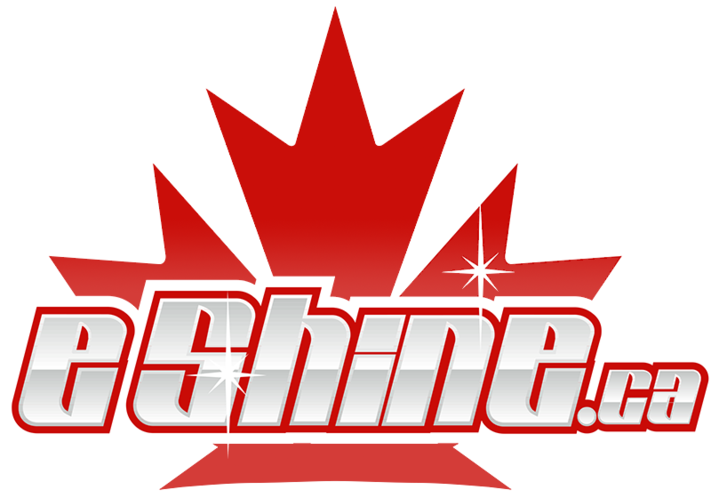Paintcare Terminology
With so many types of products available it is easy for a new enthusiast to get confused with product type terminology. Below is a list of product types and their characteristics.
Swirl Remover/ Compound
Swirl Removers, (often called compounds) are usually liquid or paste products designed to permanently remove paint defects such as scratches, spider-webs, and swirls. They work by removing a thin layer of paint that contains the damage, and exposes a new layer of defect-free paint. Paint defects are made visible because of the sharp edges left in the surface. The light reflects off the jagged edges, and makes the defects visible. Once the paint is corrected it leaves the painted surface uniformly flat and will reflect light in one direction only, making the defects much less visible. Often several steps are required to speed up the process. It is best to use a compound type swirl remover by machine.
BLOG: Applying a Sealant
Swirl Remover/ Filler
Another type of swirl remover is one which uses fillers instead of compounds. These fillers fill in scratches with special resins. This type of swirl remover only works on slight damage and does not permanently repair the damage This types of swirl remover can be applied by hand or machine. The handjobber is a nice hand tool that will help save you some elbow pain.
Polish
Polishes are products designed to improve surface gloss by cleaning surface contaminants, oxidization, and compound haze. They may or may not contain abrasives, but they are extremely mild compared to compounds. Many modern polishes contain cleaners which aid in surface cleaning while the abrasives or fillers aid in surface gloss. Polishes prepare your paint for a wax or sealant. They strip the paint, and improve the paint, but they do not protect the paint. Another step is required to protect your paint from UV rays, and other environmental hazards.
Sealants (Synthetic Waxes)
Sealants (also called synthetic waxes) are man made protective polymer barriers that are applied over a freshly polished surface. Sealants offer many advantages over organic waxes, such as ease of application, 6+ months of protection, UV protection, and an outstanding shine. Sealants can be layered multiple times, which will create an even deeper shine. They form a protective barrier which resists acid rain, bug stains, bird bombs and will last through many, many washes. Although sealants lack in depth over organic waxes such as carnauba waxes, they can easily be topped with an organic wax to produce both a bright and deep finish.
Waxes/ Cleaner Waxes
Waxes are commonly blends of Brazilian carnauba wax. They also protect your paint against environmental factors, though for a shorter time. They are used because of their deep wet shine, and ease of application. Nothing matches the warmth of nature’s beauty! The downside to natural waxes are their very short lived durability. They typically last only a couple months at best and even less when washed. Carnauba waxes make a great topper for synthetic sealants.
